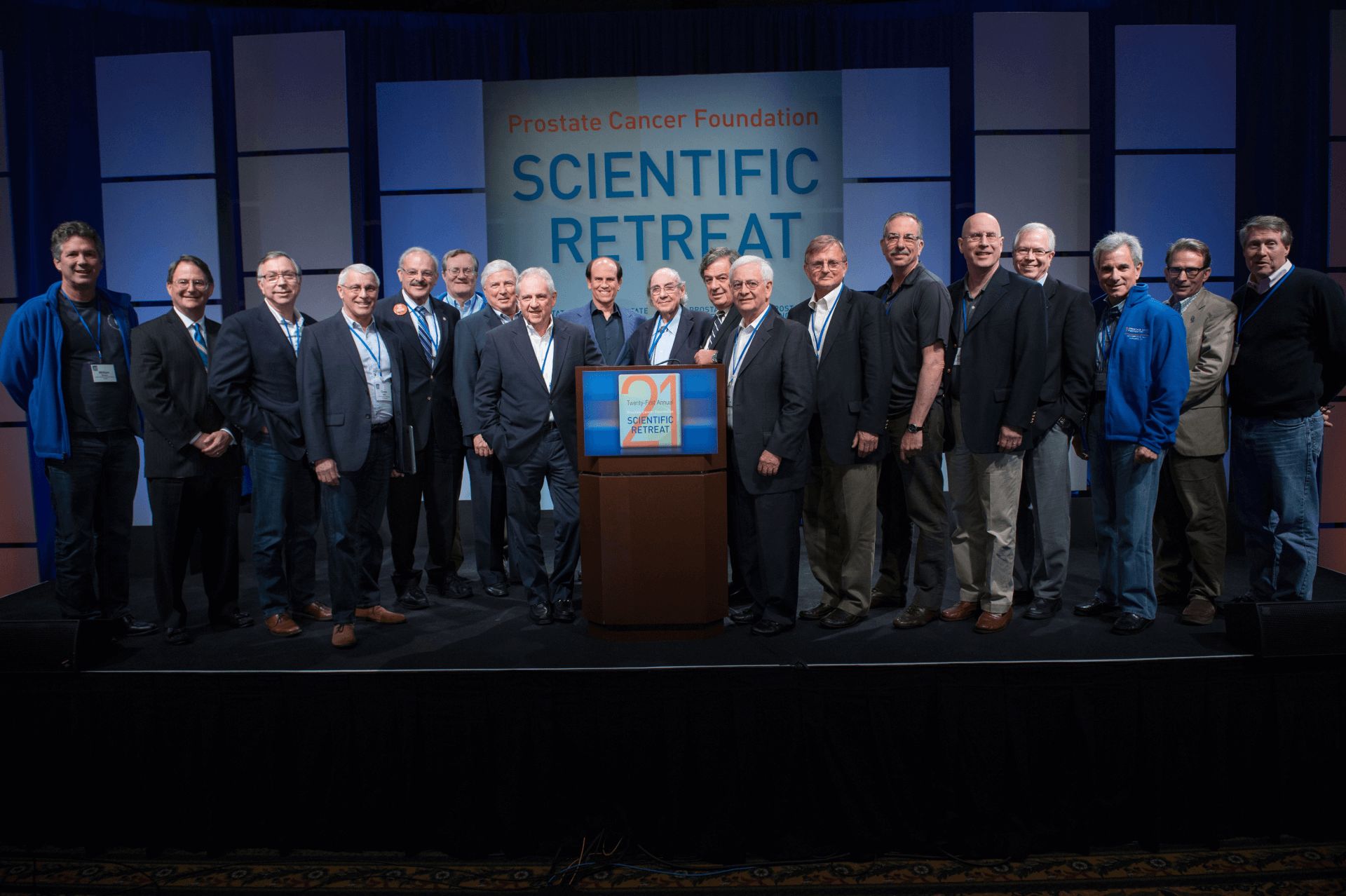Mike’s Story: A Journey of Determination and Impact

Shaping My Beliefs: Family and Community
Mike Milken’s journey began with a deep-rooted understanding of health challenges. His father contracted polio as an infant, leaving him with a leg that was not fully developed. This early exposure to the impact of disease gave Mike a profound appreciation for medical advancements, particularly vaccines, which have transformed once debilitating or fatal conditions into preventable illnesses. This experience ignited Mike’s lifelong commitment to pursuing medical solutions—a commitment that continued through the COVID-19 pandemic.
In 1950, Mike’s parents instilled in him a unique perspective on success during their frequent dinner table conversations. They emphasized that true success isn’t measured in dollars but in the ability to create meaningful lives and contribute to the community. Mike’s father believed that “No one in our society can have that unless everyone has a chance to achieve the American dream.” This belief profoundly shaped Mike’s approach to life, inspiring him to work on expanding access to good healthcare, job opportunities, and, later, vaccines.
Mike’s leadership roles in high school gave him confidence about the future, and he eventually attended the University of California, Berkeley. However, his journey took a pivotal turn in 1979 when his father died of melanoma. This loss, combined with the impact of diseases on his family—his mother-in-law, children, cousins, and others—made Mike realize that cures weren’t coming fast enough. He knew he had to find a way to accelerate the pace of medical research.
A Commitment to Medical Innovation
In 1982, Mike began making grants through a series of private foundations to support innovations in education and health. His foundations established medical research awards programs, providing significant funding to promising researchers. One such recipient in the 1980s was Dr. Dennis Slamon, who discovered Herceptin, a breakthrough in treating a specific type of breast cancer.
The impact of diseases on his loved ones continued to fuel Mike’s mission. Over the years, he witnessed more friends and family members succumb to serious or fatal illnesses. Then, in 1993, Mike’s own health became a critical concern.
“You Have Cancer”
During a routine physical exam at age 46, Mike insisted on a PSA test, a screening for prostate cancer. Despite the initial reluctance of his internist, who believed Mike was too young for such a test, the results showed a dangerously high PSA level. Subsequent tests and a biopsy confirmed the worst: Mike had an aggressive form of prostate cancer that had spread to his lymph nodes.
Realizing the severity of the situation, Mike quickly reached out to several specialists across the country, many of whom were connected to him through the Milken Family Foundation Cancer Research Awards.
Dr. Stuart “Skip” Holden was one of the first specialist Mike consulted. A renowned urological oncologist at Cedars-Sinai Medical Center in Los Angeles, Dr. Holden was recommended by a friend whose prostate cancer had been successfully treated by him. Known for his compassionate care and expertise, Dr. Holden was the first to confirm Mike’s fears, recognizing the aggressiveness of his cancer after a simple examination. He immediately became a key figure in Mike’s treatment plan, guiding him through the complex decisions that lay ahead.
To ensure he explored every possible option, Mike then reached out to Dr. Patrick Walsh, Head of the Clinical Faculty at the Johns Hopkins Brady Urological Institute. Dr. Walsh was a pioneer in nerve-sparing prostatectomy, a technique that preserves urinary and sexual function in patients undergoing prostate surgery. Mike knew that if surgery became an option, Dr. Walsh was the best in the field.
Next, Mike contacted Dr. Neal Kassell, a trusted friend and neurosurgeon at the University of Virginia. Although Dr. Kassell wasn’t a prostate cancer specialist, his clinical instincts and honest advice were invaluable. When Mike asked Dr. Kassell what he would do in his situation, he recommended contacting Dr. Andy von Eschenbach, a renowned urologist and cancer specialist who would later become the director of the National Cancer Institute (NCI) and the Commissioner of the FDA. Dr. von Eschenbach mentioned an upcoming prostate cancer conference, and Mike, along with Dr. Holden, decided to attend.
Dr. Howard Scher, a leading prostate cancer specialist at Memorial Sloan Kettering Cancer Center (MSKCC) in New York, became another vital resource for Mike. Dr. Scher was one of the few medical oncologists who focused exclusively on prostate cancer. His innovative approaches provided Mike with a sense of hope, even as he advised caution in proceeding with hormone treatment to avoid causing mutations in the cancer cells.
Before attending the conference, Mike asked Dr. Scher why none of his colleagues from other institutions would be there. A colleague of Dr. Scher’s explained that they were all competitors, each vying for the same pool of grant money and revenue-producing patients. This struck Mike deeply. He found it unsettling that doctors who held patients’ lives in their hands were working in silos, with an incomplete picture of the disease because they lacked the benefit of insights from other institutions. The more people Mike spoke to, the more he realized that many doctors and scientists at elite centers viewed one another as competitors rather than collaborators. Mike believed this was a flawed model, and he was determined to foster greater collaboration in the medical community, emphasizing that competition should never come at the expense of patient care.
Dr. Charles “Snuffy” Myers, a medical oncologist and prostate cancer specialist who had previously received one of Mike’s cancer research awards, was also a key consultant during this time. Known for his deep understanding of advanced prostate cancer, Dr. Myers provided critical insights that further informed Mike’s treatment decisions.
As Mike sought to explore every possible avenue, he was reminded of his connections to the research community. Dr. Donald “Don” Coffey at Johns Hopkins was one such figure. Widely hailed as the “father of prostate cancer research in America,” Dr. Coffey was a pioneering researcher who held multiple professorships at Johns Hopkins and later became president of the American Association of Cancer Research. Although Dr. Coffey was not a physician, his contributions to the understanding of prostate cancer were unparalleled. Mike visited Dr. Coffey and his colleagues at Johns Hopkins, where they discussed ongoing research projects and the lack of sufficient funding from the National Cancer Institute. This meeting further fueled Mike’s determination to support young scientists and advance the field of cancer research.
During this visit, Mike also met Dr. Jonathan Simons and Dr. Bill Nelson, two early-career doctors who would go on to make significant contributions to prostate cancer research. Dr. Simons, who had been advised that pursuing prostate cancer research was “career suicide” due to the lack of funding, was encouraged by Mike to continue his work. Mike assured him that funding would not be a problem, a promise he fulfilled by later recruiting Dr. Simons to lead the Prostate Cancer Foundation, where he served as CEO for fourteen years. Dr. Nelson, another brilliant researcher, would also go on to produce breakthroughs that changed the course of cancer research history.
Exploring Alternative Approaches
In addition to seeking traditional medical treatments, Mike also explored alternative approaches. He spoke with his friend Dr. Deepak Chopra, the author and Ayurvedic medicine advocate, who suggested that Mike and his wife Lori enroll in a weeklong wellness retreat at the Maharishi Ayurveda Health Center in Lancaster, Massachusetts. Dr. Chopra believed that this holistic approach could complement Mike’s conventional treatment and contribute to his overall well-being during this challenging time.
Less than a week after his diagnosis, Mike also began consulting with Dr. David Heber, a nutrition expert at UCLA. Dr. Heber emphasized the importance of nutrition in combating disease, and one of Mike’s first steps was to drastically alter his diet. He eliminated nearly all processed foods, choosing instead to eat primarily uncooked fruits and vegetables. This was no small feat for Mike, who had a well-known fondness for hot dogs and french fries. Mike observed that many doctors don’t emphasize the role of nutrition in treatment, and many patients struggle to make dietary changes. But Mike was determined. As he put it, “no hot dog is worth dying for.”
The MD Anderson Conference
The MD Anderson conference provided Mike with an opportunity to receive more diagnostic tests and to gain insights from some of the world’s leading cancer specialists. By the time Dr. Andy von Eschenbach examined Mike at his clinic, all of the news had been bad. The prostate biopsy dashed his initial hope that something other than cancer had produced the high PSA reading. Dr. von Eschenbach referred Mike to his colleague, Dr. Christopher Logothetis, a medical oncologist who would oversee a bone marrow test. While the bone marrow test came back clear and gave Mike a bit of hope, that optimism was short-lived.
The next morning, Mike sat in the audience as a prominent cancer researcher explained the options for treating metastatic prostate cancer. The researcher presented statistics on survival for patients with high Gleason scores, like Mike’s, whose cancer had spread to their lymph nodes but not to their bones. The survival statistics were grim: a range of twelve to twenty-four months, with a median of eighteen months. This sobering information only deepened Mike’s resolve to pursue every possible avenue to fight his cancer.
The Fanny Mold
As Mike continued to explore treatment options, he researched radiologists and chose Dr. Christopher Rose in Los Angeles. Dr. Rose, who would later become president of the American Cancer Society of Radiation Oncology, was a pioneer in three-dimensional, conformal, external-beam radiation therapy. This cutting-edge technology allowed for precise targeting of tumors while minimizing damage to surrounding healthy tissues.
To ensure the radiation was as accurate as possible, Mike was fitted with a custom-molded plastic module, affectionately known as the “fanny mold,” which immobilized his midsection during treatment. This advanced therapy was a critical part of Mike’s treatment plan, and the “fanny mold” remains a tangible reminder of the meticulous care he received.
Beating the Odds
Throughout his treatment, Mike continued to seek advice from his team of specialists and adhered to a disciplined regimen of diet, exercise, and relaxation. With the unwavering support of doctors like Dr. Holden, Dr. Scher, Dr. Logothetis, and Dr. Rose, Mike’s PSA levels began to drop, eventually reaching zero.
Today, Mike Milken has enjoyed three decades of remission, filled with the joy of spending time with his growing family, including ten wonderful grandchildren. His journey, marked by resilience, innovation, and a deep commitment to helping others, has left a lasting impact on the world of medical research and beyond. The contributions of the brilliant doctors and specialists who supported him along the way were instrumental in shaping the path of his treatment and the broader fight against cancer.

